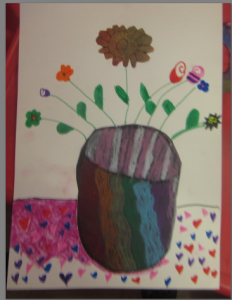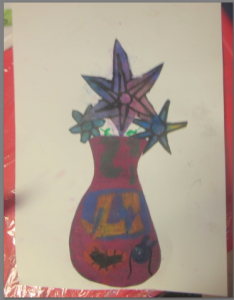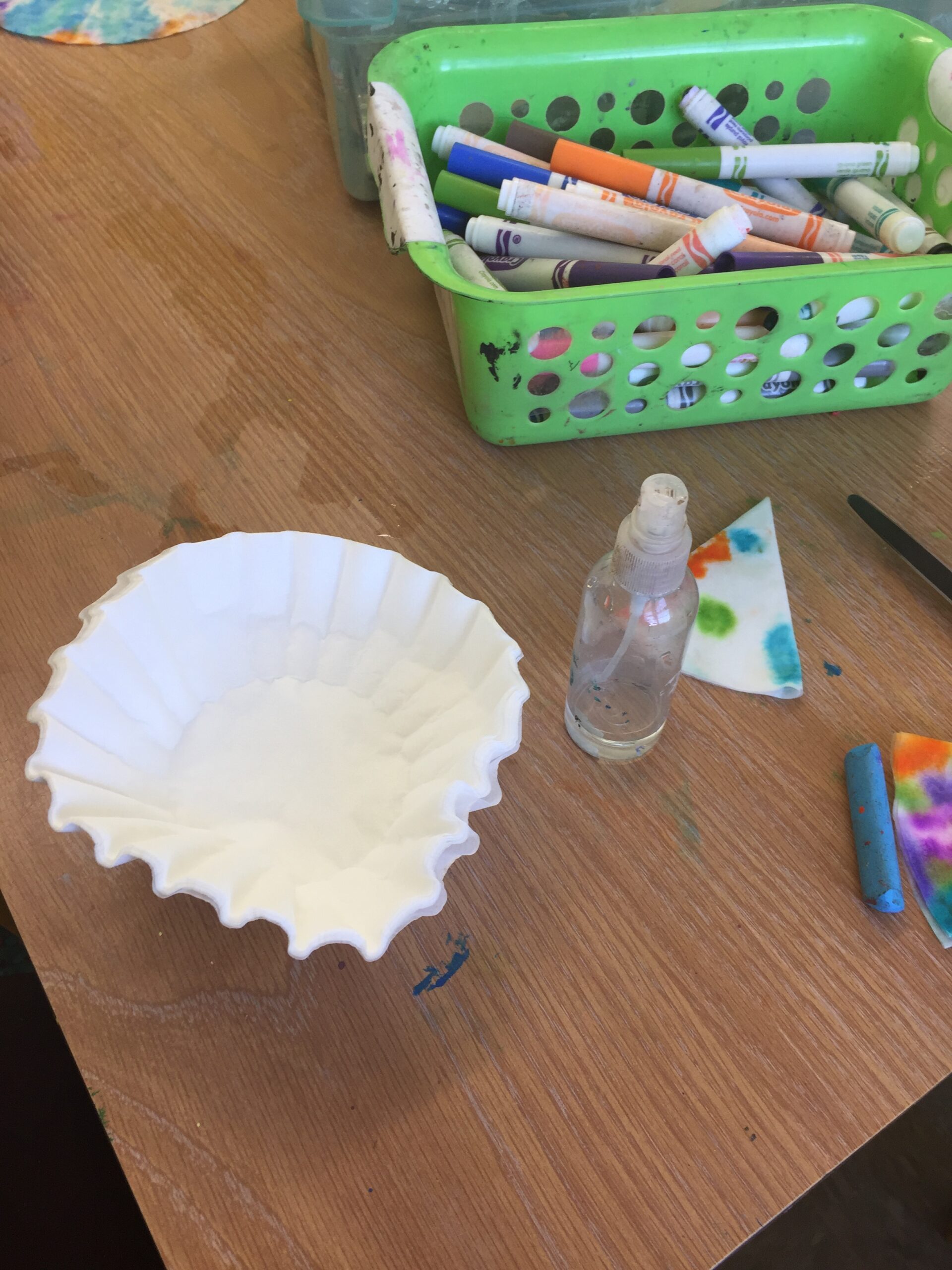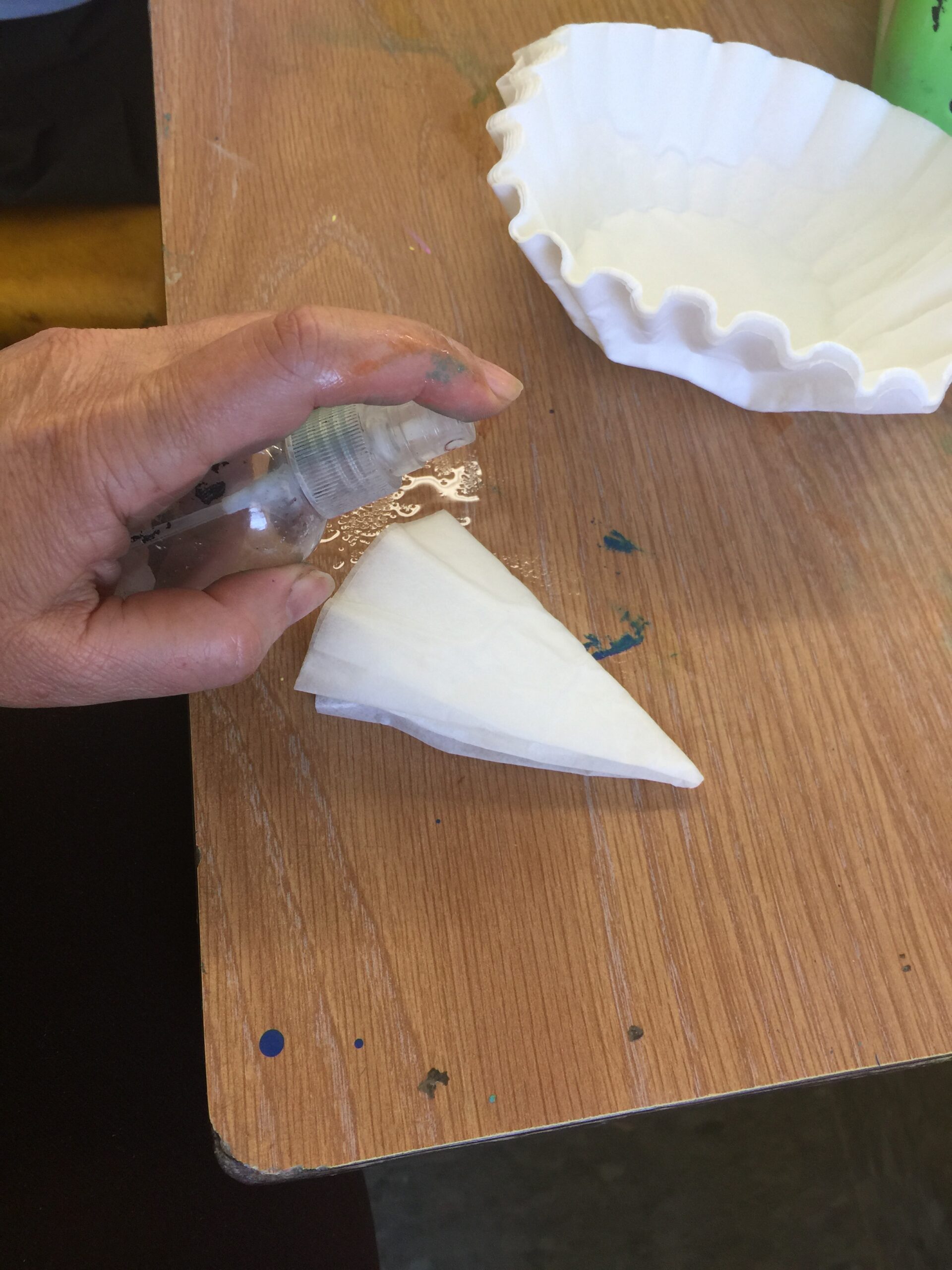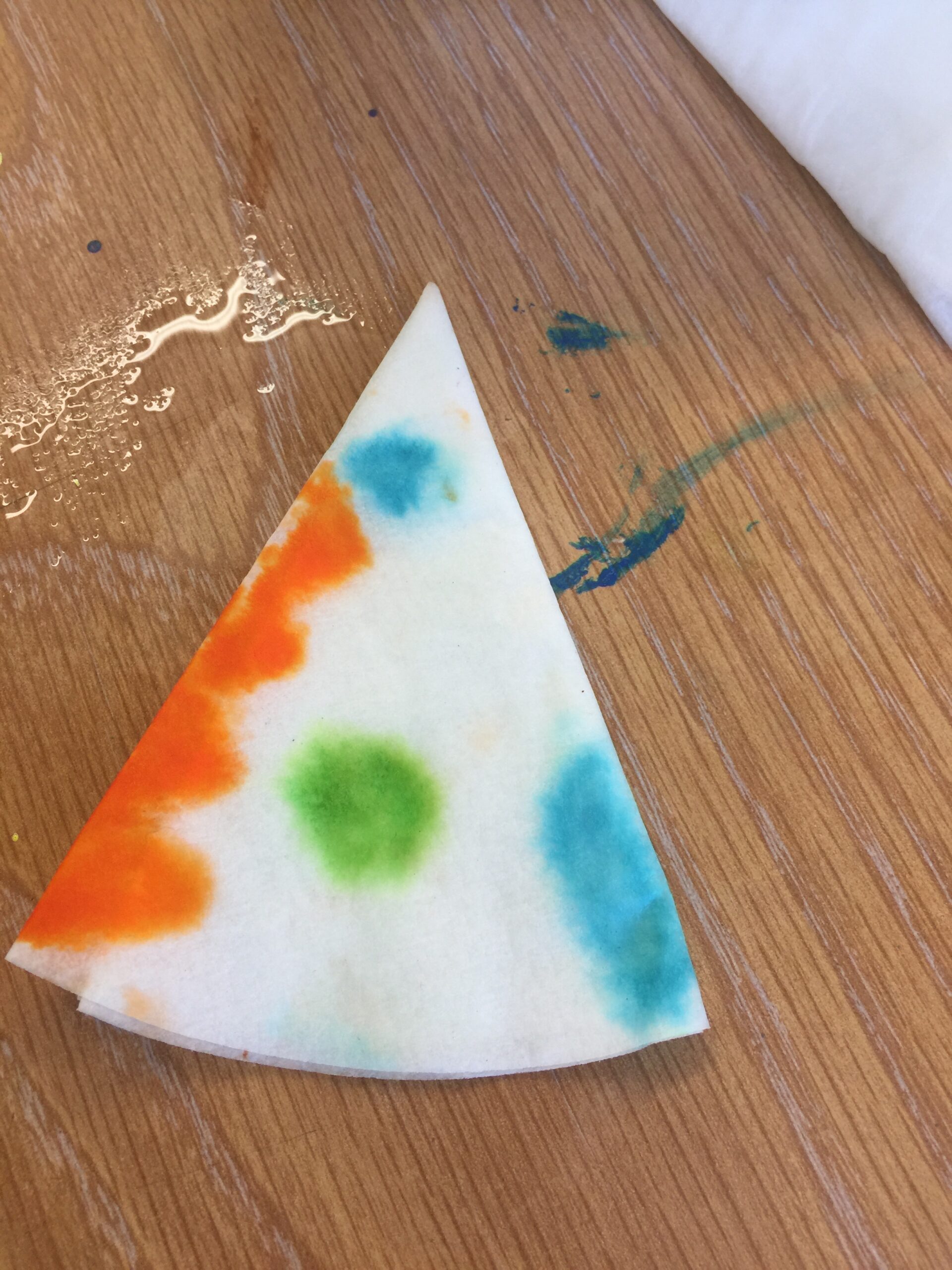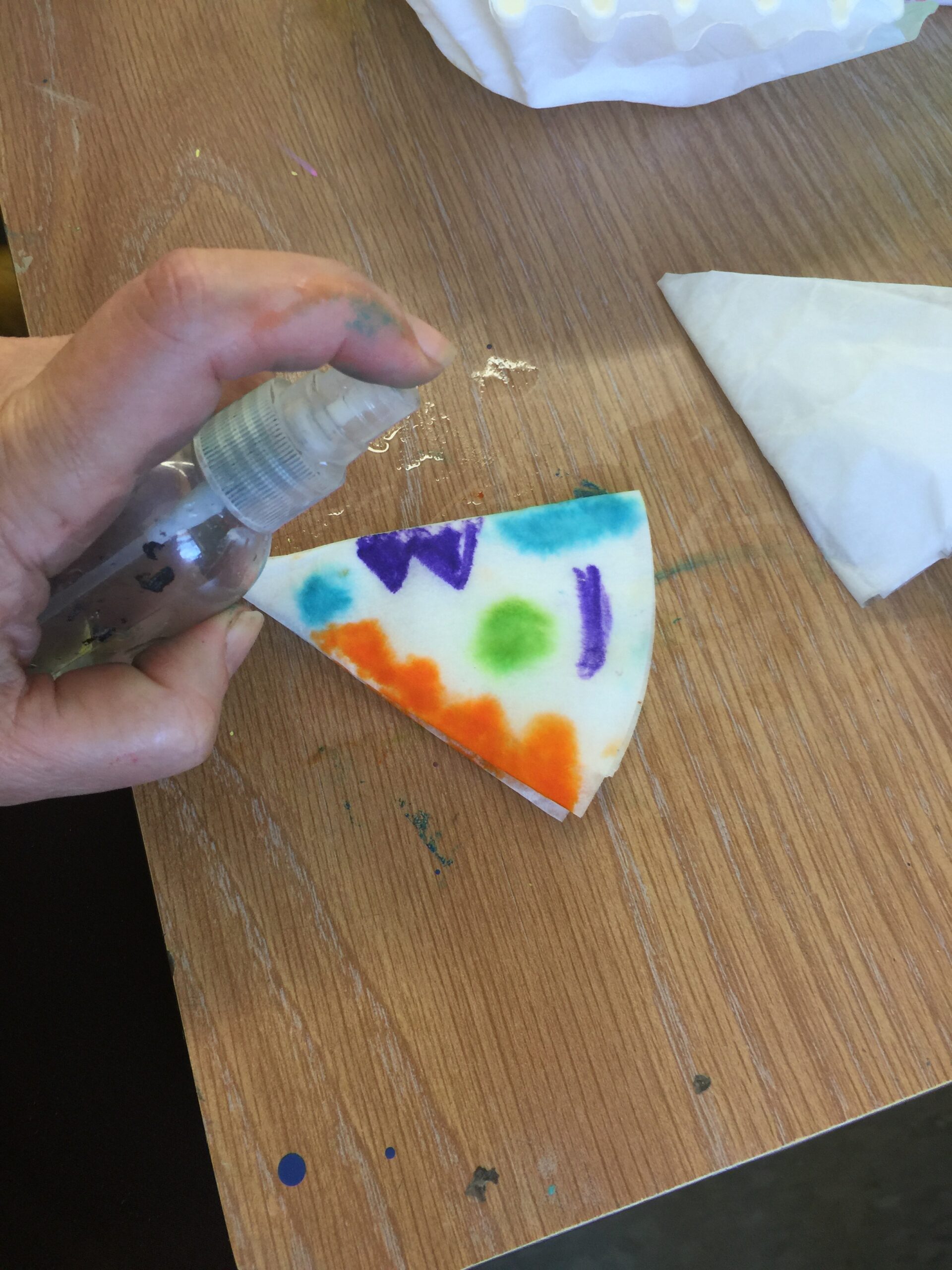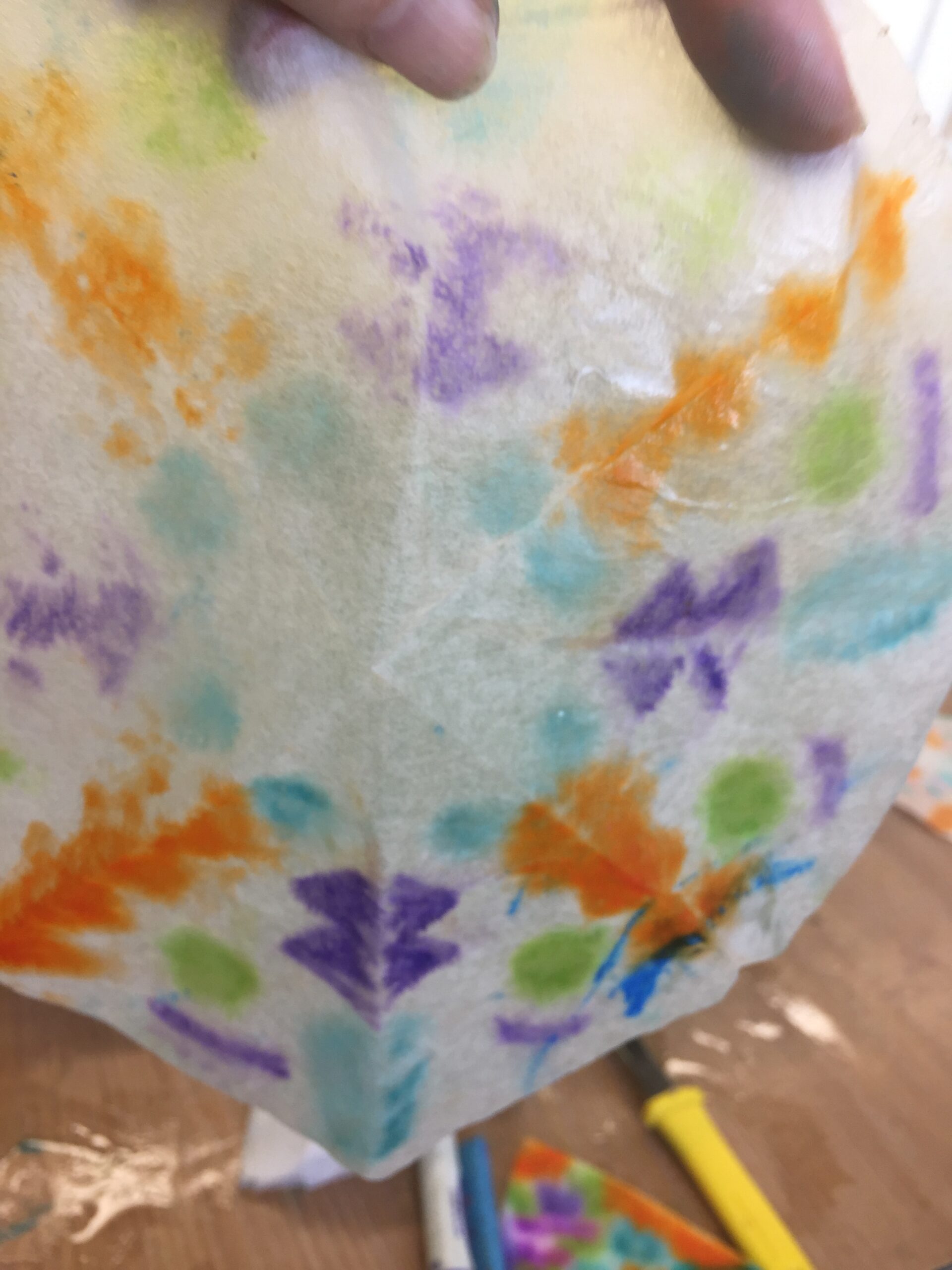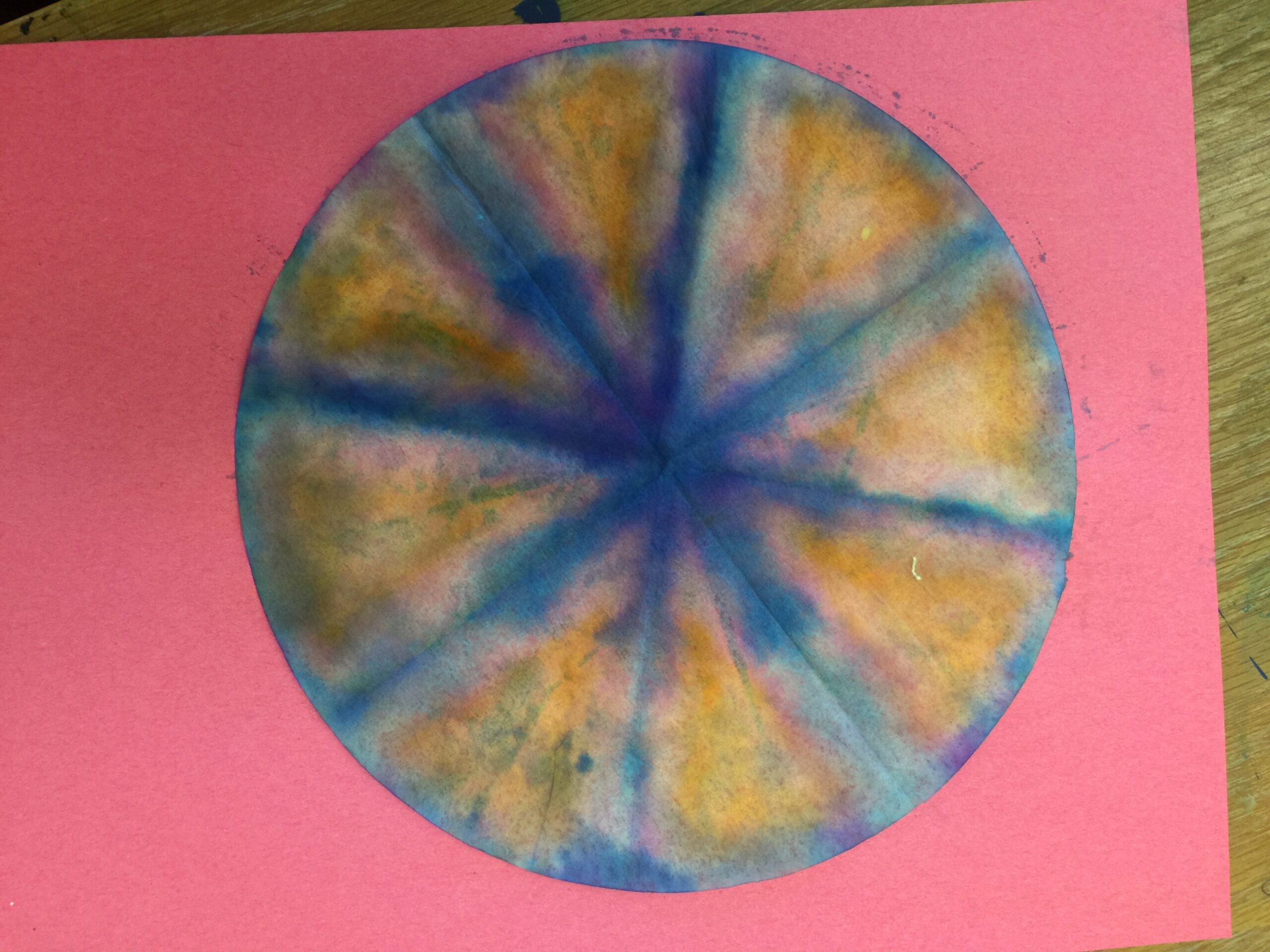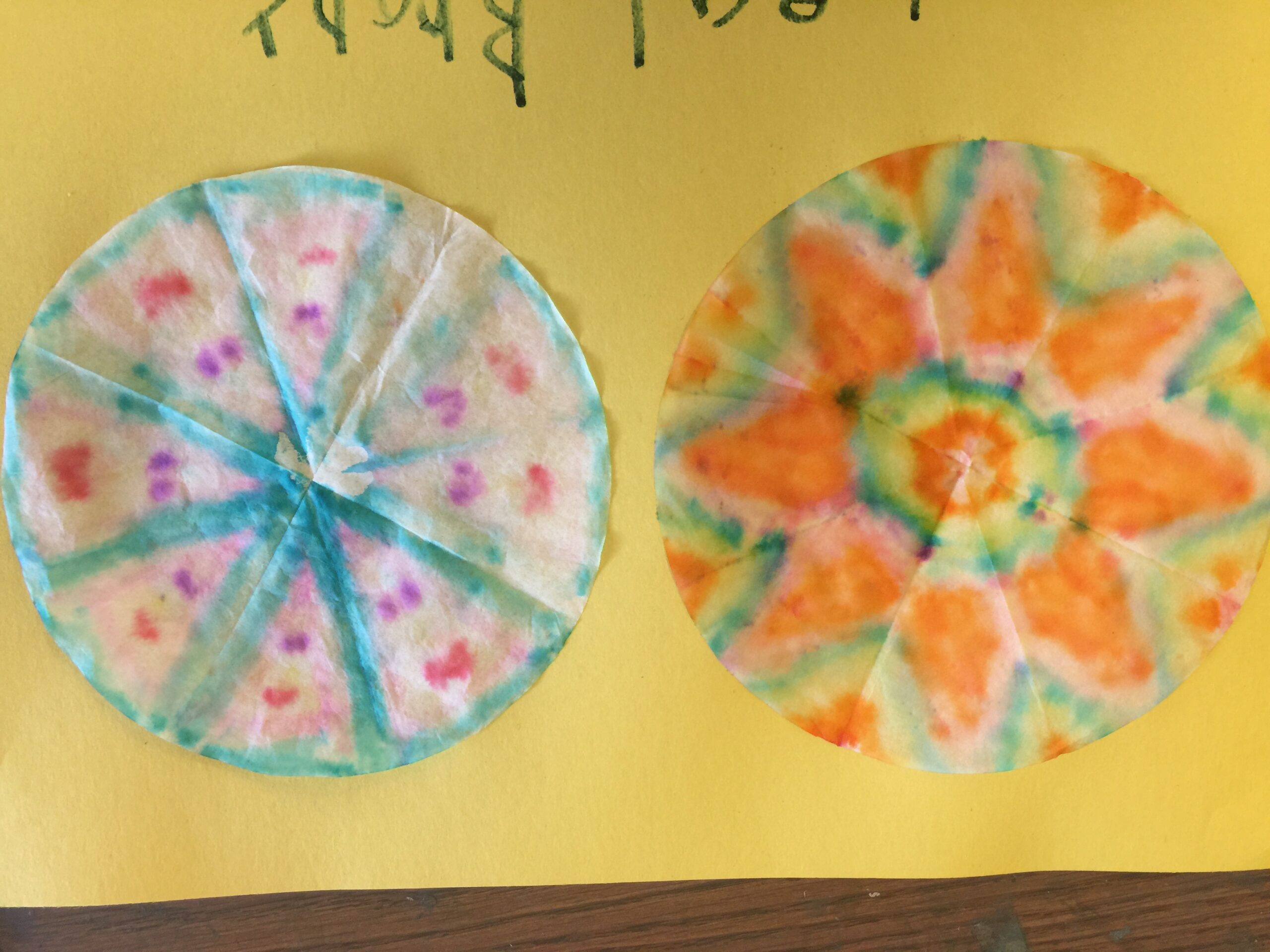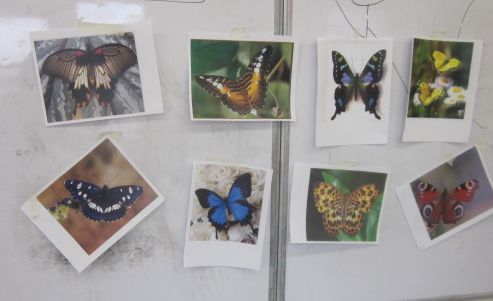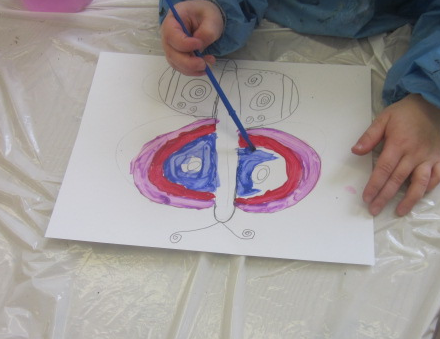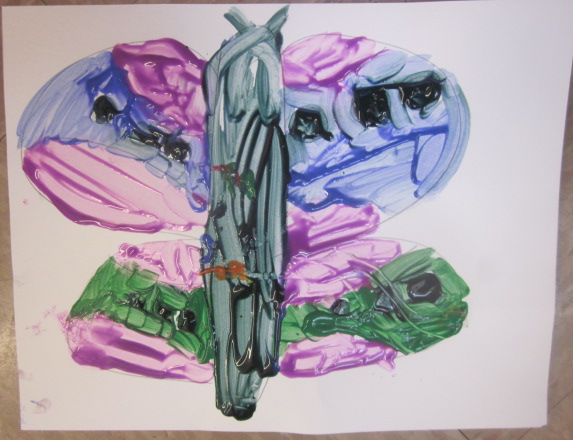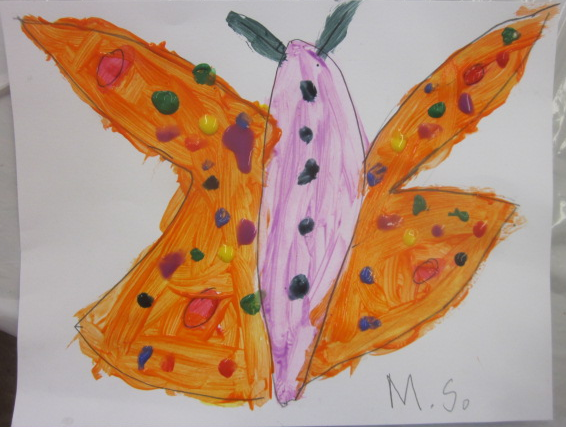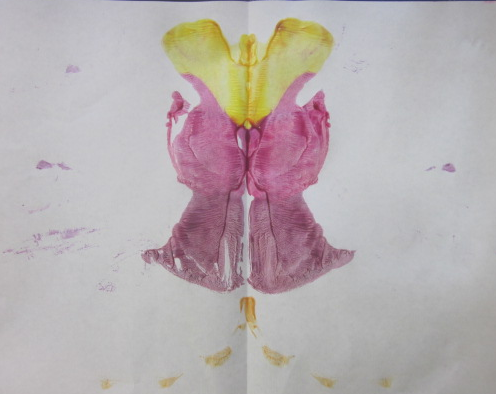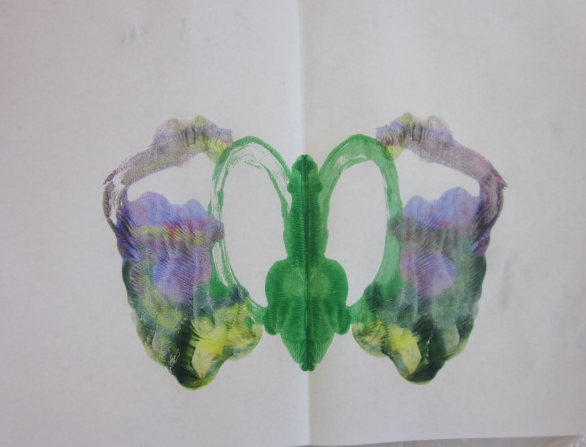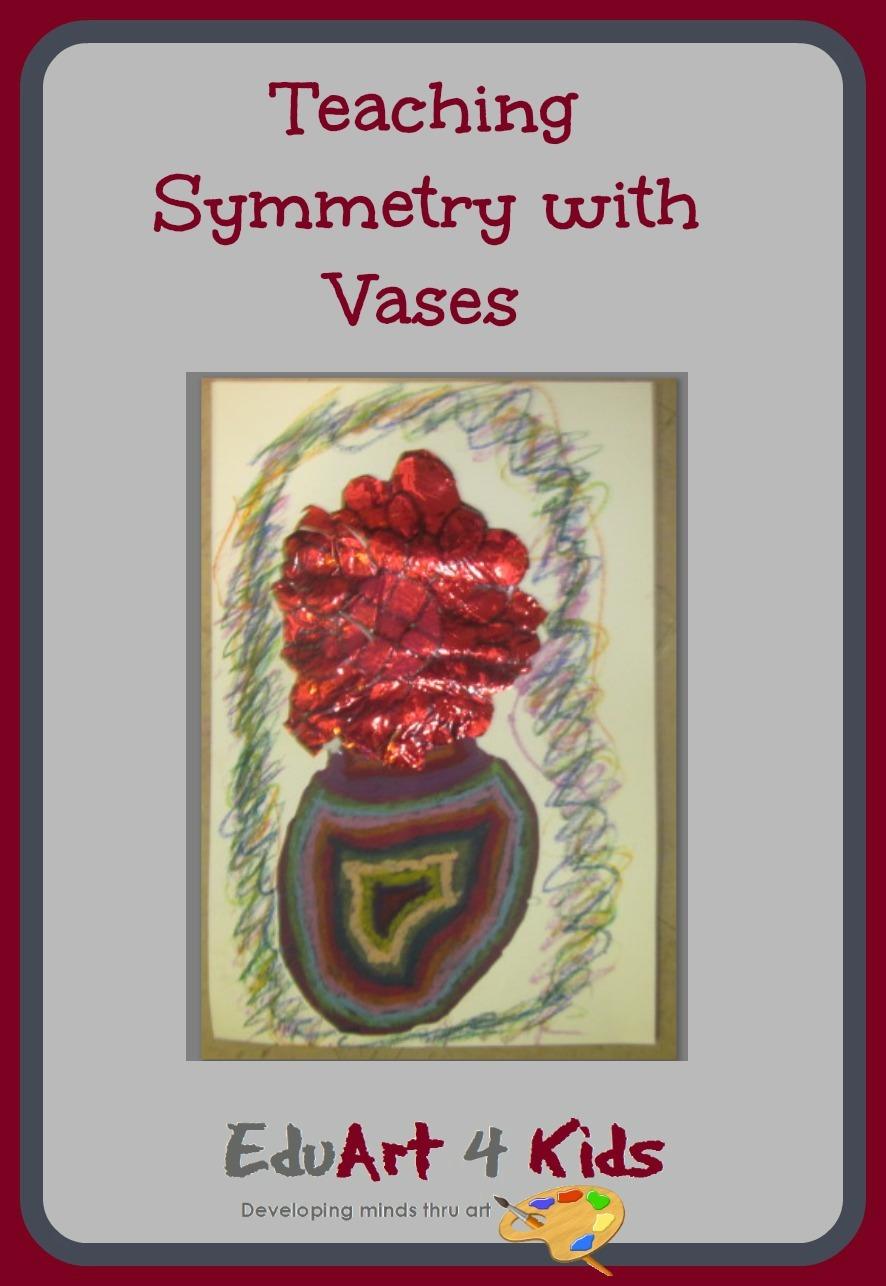To teach beginning symmetry there are a few creative symmetry projects that I've done with different groups that I am putting together into this one post.
The first idea when teaching symmetry to kids is teaching them that symmetry is when things are exactly the same on both sides. This first activity s radial symmetry where the same design is the same all around the round object.
I used coffee filters, washable markers and a spray bottle filled with water.
Fold the coffee filter in four. There are then two ways to do this. Either spray the filter first with water and make designs along all of the edges of the folded filters. OR use the markers first and then spray it so that the markers bleed all the way through.
Open them up and they will see what radial symmetry is.
Another activity that helps teach symmetry for kids is to use butterflies the perfect natural way to show them what symmetry is.
I usually try to show them pictures of butterflies so they get the idea of how each side is exactly the same on the other side.
The first one is to have them draw simple butterflies but first drawing the middle part of the body and then creating the wings.
They then paint them by doing the first side and then trying to copy exactly what they did on the first side.
The next way would be to fold a paper in half, then open it and paint only one side. As soon as they are done they fold over the paper and rub. The paint will transfer to the other side making an exact replica of what they painted.
At one point in one of the classes I was doing with children I had them create vases which are usually perfectly symmetrical.
I had these extra huge coffee filters lying around that I wanted to use for a real long time. They’re not actually real coffee filters as I can’t imagine any coffee machine large enough to hold them, 🙂 but they are the same material and same configuration as coffee filters so that’s what I call them.
We started by dripping a few different colors of watercolors onto the large filters. Liquid Watercolor Paint are the best type of paints to use for this. If you happen to have Watercolor Paint
tubes lying around, you can always mix those in water to get the same effect.
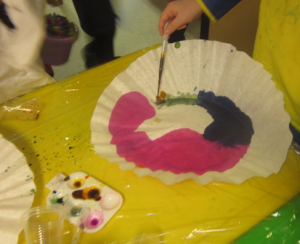
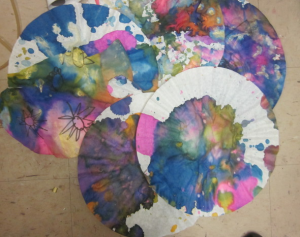
When these were all done we put them aside to dry.
I then told the children that we were going to create vases and flowers to put into the vases.
I hung up a few pictures of vases along with one real vase I had nearby.
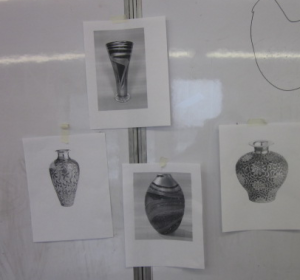
I showed them how each side in a vase is almost always the exact same shape as the other side in a mirrored fashion.
They were told to draw a large vase on a black paper with a pencil.
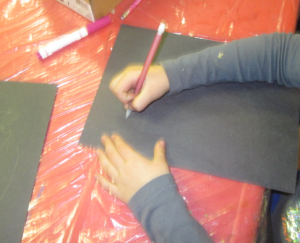
You may think that you can’t see any marks on a black paper, but it really does show up.
Some of the children were making very small vases so I had to make some dots for them to at least give them the scale of what size the vases should be. All I did was put 2 dots at the top of the paper to show them the size the top of the vase should ideally be.
They chose which vase they wanted to make. With some, I had to emphasize the neck going first and one child noted that not all the vases had necks, which was correct.
After they drew the vases they used Oil Pastels.
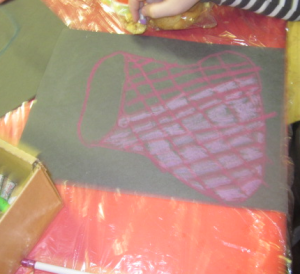
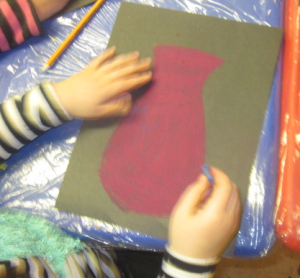

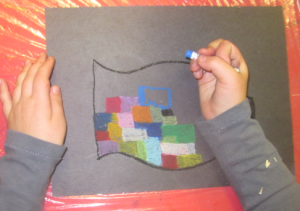
After the were done with coloring their vases they cut them out and pasted them on a large sheet of white tagboard.
They then went back to the large coffee filter that they had painted and drew flowers with a black marker.
Some of them had already made flowers the week before so they used those and/or added more.
They then had to cut out their flowers, decide if they needed stems and paste them down to fit into their vases.
Many of them used a combination of pasting and drawing and coloring their own flowers.

